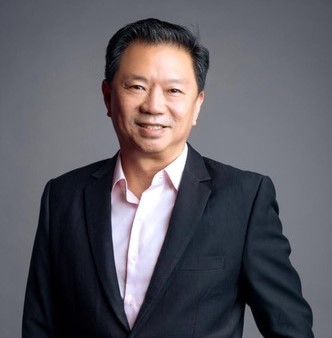Cybersecurity: People and Talent Matter
���������������������������������������������By Stephen Dane, Managing Director for Security, Asia Pacific & Japan, Cisco
The security talent shortage remains one of the largest issues facing the industry. Gartner reports that 348,000 open jobs exist today, the unemployment rate remains effectively zero, and as many as 3.2 million job openings are expected by 2022.
Today, organizations also face challenges like digital disruption occurring on a massive scale, a growing attack surface, a dynamic threat landscape, as well as increasing complexity in the security industry. In this digital era, it’s never been more important to have the right people, partnerships, and investments in technology to help reduce the pressure on overstretched security teams.
Building talent capability
In the research report, Cybersecurity in ASEAN: An Urgent Call to Action, conducted by global management consulting firm A.T. Kearney, it highlights the importance of building the next wave of cybersecurity capability in the region. Given that cybersecurity is one of the fastest-growing segments in the ICT space, it presents a significant economic opportunity for ASEAN and concerted effort at developing local capability will allow regional companies to take advantage of these opportunities.
It’s no secret that qualified cybersecurity professionals are in demand globally. According to Gartner, one in four organizations will have critical security positions vacant for six months or longer.
To help close the skills gap, learning facilities like the Cisco Networking Academy (NetAcad) are providing certifications in cybersecurity. For 20 years, Cisco has been building the pipeline of future IT professionals, touching the lives of over 7.8 million students across 180 countries through the Academy, and close partnerships with 22,000 educational institutions and instructors to deliver the curriculum. In over two decades, Cisco has trained 1.26 million students in Asia Pacific with 27% of these students being female. In 2017, 10,000 students in the APJ region took Cisco’s cybersecurity courses – and 90,000 students were trained globally. In Malaysia alone, close to 2000 students have completed Cisco’s cybersecurity courses.
Most of the Cisco NetAcad courses are free of charge, and the security curriculum ranges from an introduction to cybersecurity to more advanced certifications. As a worldwide networking and security leader, the company is committed to building the pipeline of future cybersecurity professionals in the region, while also helping to close the talent gap.
Technology as a resource multiplier
With the growing shortage of talent, technology plays a significant part in solving cybersecurity challenges. Organizations must invest in integrated technology to help their security teams scale resources. The effective way to do this is by leveraging solutions that are: simple, open, and automated. Simple can help get people up and running fast with products that are simpler to deploy or scale. Open addresses compatibility challenges so products can integrate seamlessly for more powerful security responses. And integration delivers automation with products working together to offset limited manpower. This is how integrated security technology becomes a force multiplier, and helps resources to go further while allowing teams to work smarter.
Building a culture of cybersecurity is critical for any organization, alongside having the right people and technology to quickly respond to threats. As an industry, we need to constantly innovate to keep people and businesses safe from the growing number of cyberattacks, and everyone also needs to play a part in developing the next wave of cybersecurity talent.








0 Comment Log in or register to post comments